After researching how beans grow to write my post ‘Do Beans Grow On Trees?‘ (check out the photos, they’re beautiful!), I realised I didn’t know much about how lentils grow either. Lentils are one of my favourite ingredients to cook with, but I couldn’t really picture where lentils come from, or what a lentil plant looked like. How do all those tiny little lentils come off one single plant?! Here’s what I found out!
Lentils grow on a bushy plant with small, oval-shaped leaves, and tiny flowers. The lentils are found inside small pods, which appear after the flowers have closed up. There are usually two lentils inside each pod, and they are ready to harvest when the pod turns brown and dry.
Lentils are small and fiddly – much smaller than bean pods or most other legumes or vegetables – so it’s difficult to picture what they might look like as they grow on a plant. And how do you even go about harvesting such teeny tiny little lentils? I decided to delve further to find out!
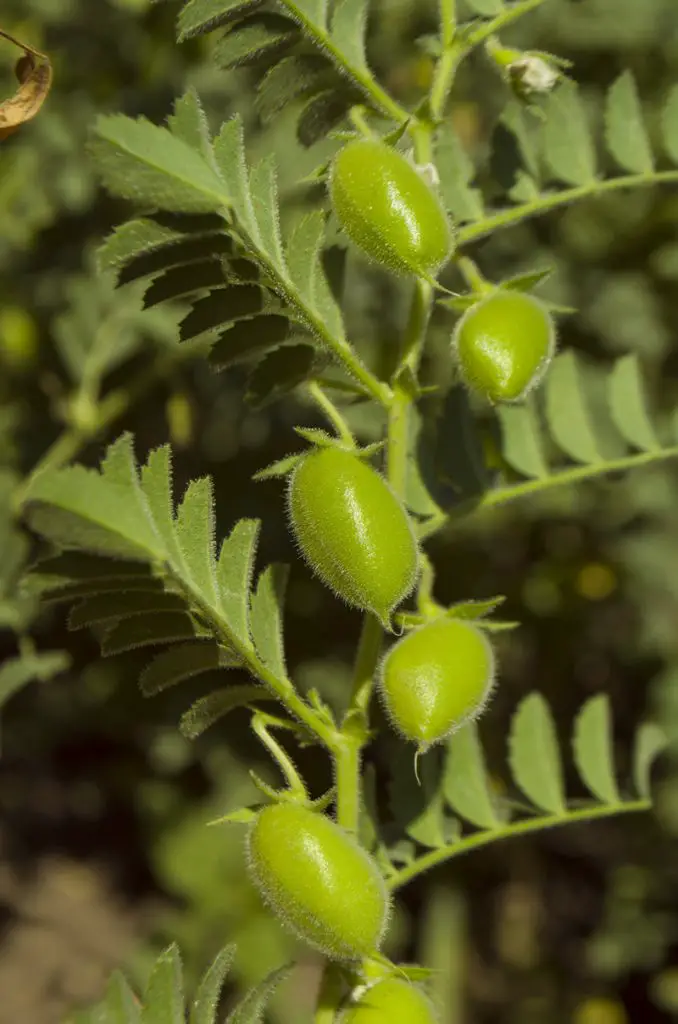
What does a lentil plant look like?
Lentils plants are low and bushy, usually growing to around 30-50cm in height.
They have long, narrow stems, which can be slightly hairy. The small, oval-shaped leaves alternate their way along each stem, and tiny flowers grow near the top. The flowers are usually white, pale pink, pale purple, or pale blue.
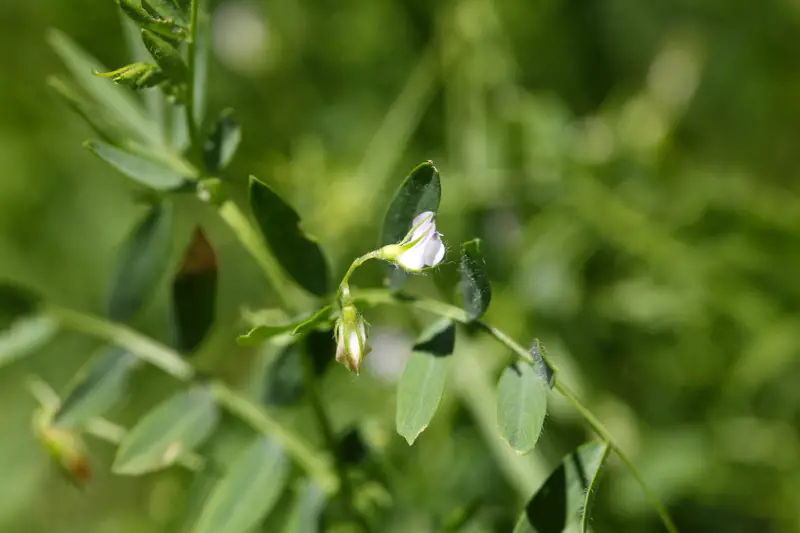
Unfortunately, the beautiful little lentil flowers only last for a couple of days before they close up, and the lentil pods are then formed. Luckily, this means that tasty lentils are on their way… so silver linings, I guess.
When the pods have formed, a lentil plant looks something like this:
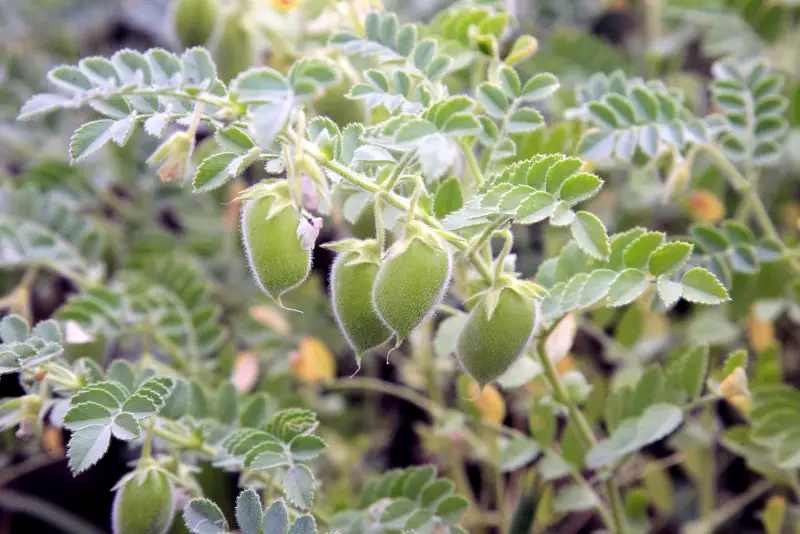
The photo shows several lentil pods growing from a lentil plant. Each pod is around 1.5 centimetres long, and will contain two small lentils.
When the lentils have dried up inside their pods (usually approximately 110 days after planting), they’re ready to be harvested. The pods should rattle, as this shows that the lentils inside are dry.
How are lentils harvested manually?
To harvest the lentils, the entire lentil plant is pulled from the ground. If the lentil pods need to dry out a little more, they can be laid out in the sunshine until they’re completely dry and brown.
The plants are shaken (‘threshed’) to remove the lentil pods. The lentils seeds can then be removed from the pods by pouring them from one bucket to another repeatedly, either on a windy day or in front of a fan. The lighter ‘chaff’ is blown away, while the lentils themselves fall into the bucket.
I’ve never grown lentils myself, but I have a hilarious vision of sitting down in front of a fan with two buckets of lentils. I can’t imagine what my husband would think.
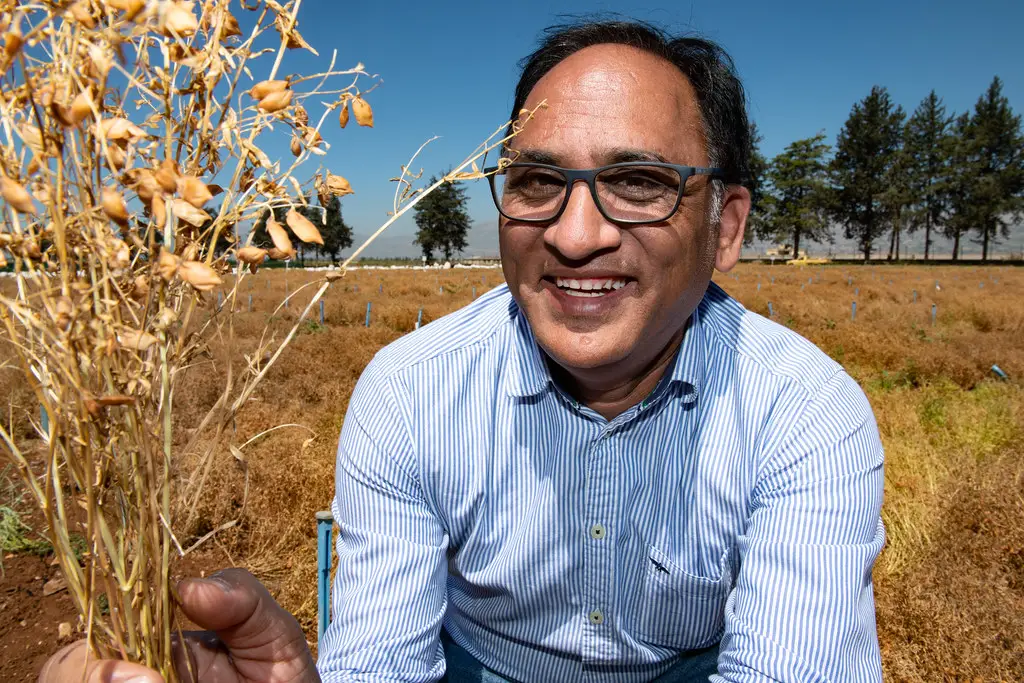
How are lentils harvested commercially?
Harvesting lentils manually can be quite labour-intensive – definitely not something you’d want to do on an industrial scale. So where lentils are grown commercially, farming equipment is used to harvest and thresh the lentil plants.
Specialist equipment, such as vine lifters, make the job even easier.
Where in the world are lentils grown?
Lentils have been grown for thousands of years – probably over 8,000 years. In fact, they are the oldest pulse crop in the world. Traditionally, they were grown in countries such as Egypt, Iraq, and Turkey.
More recently, commercial lentil production has begun in other parts of the world. For example, there are now 930,000 acres of lentil crops in the Northern USA (mostly Montana and North Dakota). In 2017, lentil production even began in the UK, by a British company called Hodmedod’s.
The world’s top lentil producing country, by quite a long way, is currently Canada, where lentils have only been grown since the 1960s. In 2019, Canada produced over 2 million tonnes of lentils. India also grows a huge amount of lentils – perhaps not surprising, given that lentils are very commonly used in Indian cuisine.
This table shows the tonnes of lentils produced by the world’s top lentil growing countries, as of 2019.
| Country | Tonnes of lentils produced (2019) |
| Canada | 2,166,900 |
| India | 1,227,820 |
| Australia | 533,755 |
| Turkey | 353,631 |
| Nepal | 251,185 |
| USA | 244,400 |
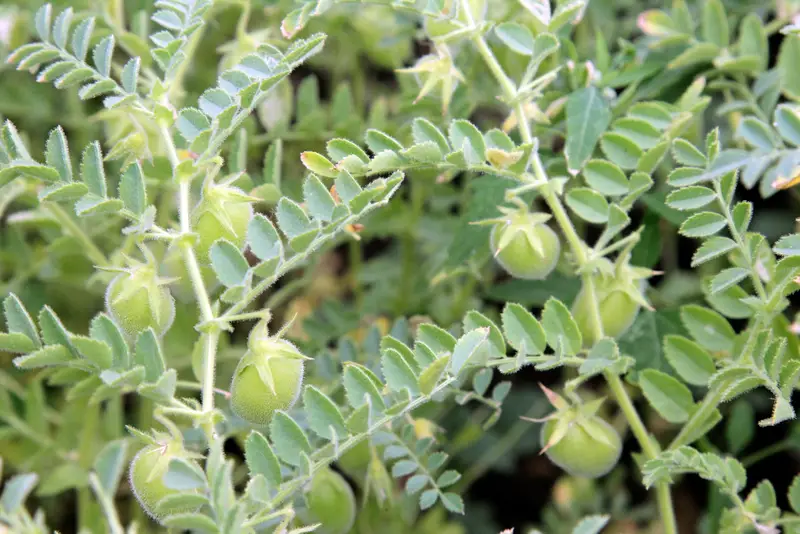
Can you grow lentils at home?
If you’re an avid gardener, you’ll be happy to know that lentils can be grown at home. In fact, you can even grow lentils from the dried ones you buy in the grocery store, as long as they’re not split lentils.
If you fancy giving it a go, here’s a great article with more details about how to grow lentils at home, including information about the amount of space you need to grow lentils, the ideal place to plant them, and how far apart they need to be.
From my point of view, though, lentils aren’t an ideal food to grow at home. Since they’re so tiny, one single recipe could require hundreds, if not thousands, of individual lentils – and it seems pretty labour-intensive to grow and harvest enough lentils to create even just one dinner.
Personally, I’m happy to leave the lentil growing to the professionals, who can produce them on an industrial scale. I’ll stick with growing other fruits and vegetables, like tomatoes and potatoes, which produce a much more satisfying yield for much less effort!

